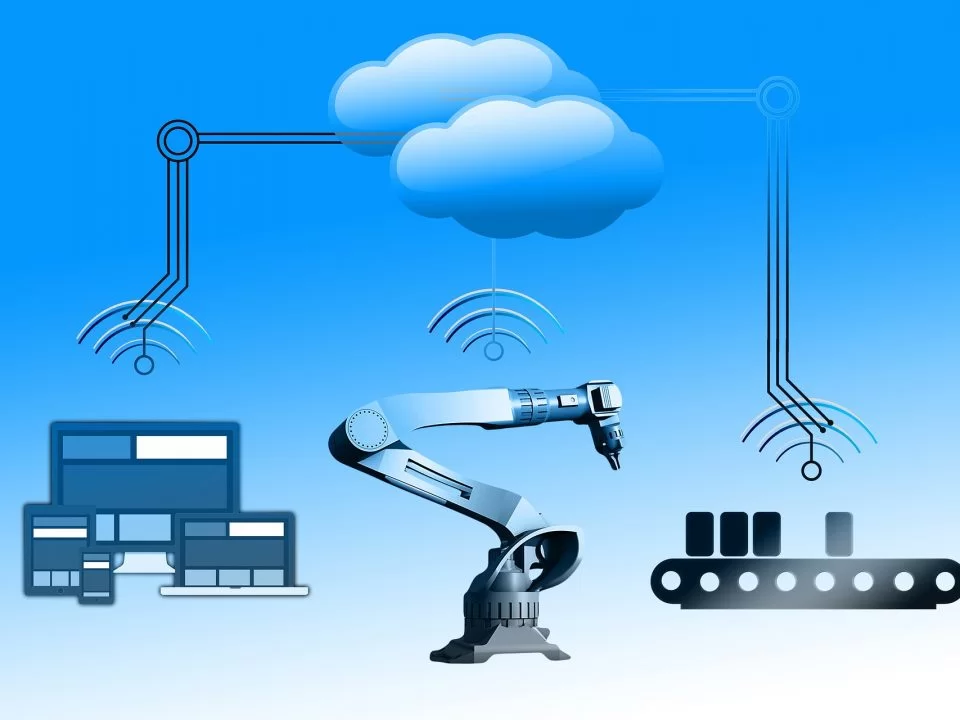The MES System for Predictive Maintenance
- Monitoring, tracking, documentation, and control of all production processes.
- Utilization of software capable of increasing efficiency and reducing costs.
- Elimination of unjustified or unforeseen stoppages in production lines through predictive maintenance.
- Need to ensure that the collected data is useful and utilized effectively.
- Possibility to implement the MES system gradually, following changing needs over time.
Predictive maintenance maximizes production.
It's possible to achieve high efficiency in production through the implementation of a predictive maintenance program. Traditional maintenance programs often rely on a predefined time for equipment maintenance. This means that usually, these are checked more often than necessary, resulting in unnecessary downtime and labor costs. Worse still, occasionally, equipment breaks down before scheduled maintenance, causing unplanned downtime and scrapped product. Instead, predictive maintenance helps determine the best maintenance interval: not too soon, not too late, but just when needed. In short, in what is called the "Goldilocks zone" (from the fairy tale "Goldilocks and the Three Bears," which tells of an ideal place), or in the ideal place and time.
The Importance of Effective Data Utilization
The secret to developing a successful predictive maintenance program lies in the collection and analysis of data: having the right information at the right time, evaluated by the right people is essential. The problem is that too often an MES system collects a plethora of data that isn't used correctly. These data often aren't rationalized and contextualized but remain there, practically unusable. To make them usable, it's necessary to first select the data correctly, which requires a deep understanding of machinery and processes. Subsequently, they need to be processed by a specifically designed algorithm, which provides detailed information on the actual state of the plant or machinery.
A process of continuous improvement
At present, it is estimated that only 5% of Industry 4.0 enterprises utilize data collected from a Manufacturing Execution System platform in a manner functional for predictive maintenance. This is because too often the introduction of an MES system is not followed by the implementation of a joint project leading to the development of the algorithm necessary for processing the data. It is important to consider predictive maintenance as a process of continuous improvement. It begins when an MES is installed, develops by selecting the data to be collected, and grows by interpreting the information through an algorithm and acting accordingly, in a truly "data-driven" system.

